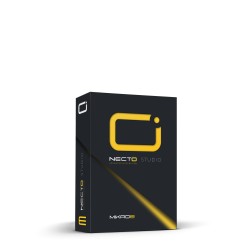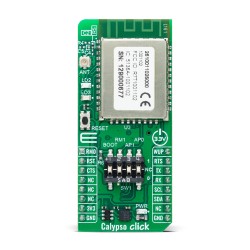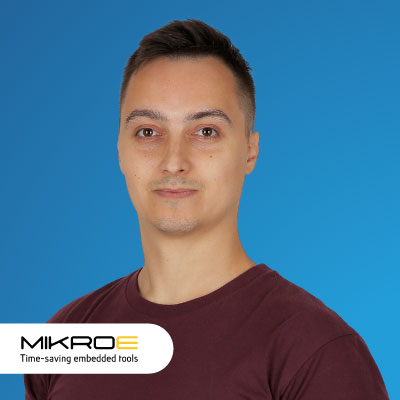Build a Weather Station with Arduino in NECTO Studio
Learn how to develop, test, and prototype weather monitoring solutions using Arduino platforms (Mega 2560 Rev3 and Uno Rev3) in NECTO Studio. This webinar demonstrates how to integrate sensor-based Click boards™ for temperature, humidity, and air quality measurements, and how to connect your data to InfluxDB and visualize it in Grafana.
See NECTO Studio in action: leverage its debugging simulator to catch issues early, run the same code across multiple MCUs, and prototype fully functional weather stations with real-time data collection and visualization. Gain best practices for scalable and efficient IoT development with NECTO.
Featured Products:
You Will Learn:
- How to develop and test code on Arduino platform (Mega 2560 Rev3) with NECTO Studio.
- How to use NECTO Studio's debugging simulator to identify and resolve issues early in the development process.
- Practical steps for integrating Click boards™ for weather sensing applications, including temperature, humidity, and air quality monitoring.
- How to configure NECTO Studio to connect your weather station data to InfluxDB and visualize it in Grafana for meaningful insights.
- Best practices for prototyping and testing weather station solutions using NECTO Studio.
Agenda:
12:00 - 12:05 (EDT)
Welcome and Brief Introduction
Overview of NECTO Studio's capabilities for Arduino-based projects.
12:05 - 12:25 (EDT)
Weather Station Development with NECTO Studio
Understanding the value of using NECTO Studio's debugging simulator
Exploring how to run the same code on multiple setups with different MCUs.
12:25 - 12:35 (EDT)
Click boards for Weather Monitoring
Integrating sensor-based Click boards™ for temperature, humidity, and other data collection.
12:35 - 12:45 (EDT)
Live Weather Station Demonstration
Building and testing the Weather Station using Arduino Mega 2560 Rev3.
Demonstrating real-time data collection and visualization using InfluxDB and Grafana.
12:45 - 13:00 (EDT)
Q&A Session
Addressing your questions and exploring additional use cases for NECTO Studio with Arduino.
NECTO Studio Webinar Host
Branko Jaksic -
Creative Roads Manager, MIKROE
Branko spent four years working on the development of NECTO Studio, gaining an in-depth understanding of its advantages and challenges. He then transitioned to the marketing department, where he focuses on helping engineers better understand NECTO Studio and showcasing its full potential.
ABOUT NECTO
NECTO Studio is a complete, cross-platform integrated development environment (IDE) for embedded applications providing everything necessary to start developing, and prototyping, including Click board applications and GUIs for embedded devices. Rapid software development is easily achieved as developers do not need to consider low-level code, freeing them up to focus on the application code itself. This means that changing the MCU or even the whole platform will not require developers to redevelop their code for the new MCU or platform. They can simply switch to the desired platform, apply the correct board definition file, and the application code will continue to run after a single compiling.
ABOUT MIKROE
MIKROE is committed to changing the embedded electronics industry through the use of time-saving industry-standard hardware and software solutions. With unique concepts like Remote Access, One New Product/Day, Multi-Architectural IDE and most recently, the EmbeddedWiki™ platform with more than million ready-for-use projects, MIKROE combines its dev boards, compilers, smart displays, programmers/debuggers and 1850+ Click peripheral boards to dramatically cut development time. mikroBUS™; mikroSDK™; SiBRAIN™ and DISCON™ are open standards and mikroBUS only has been adopted by over 100 leading microcontroller companies and integrated on their development boards.















